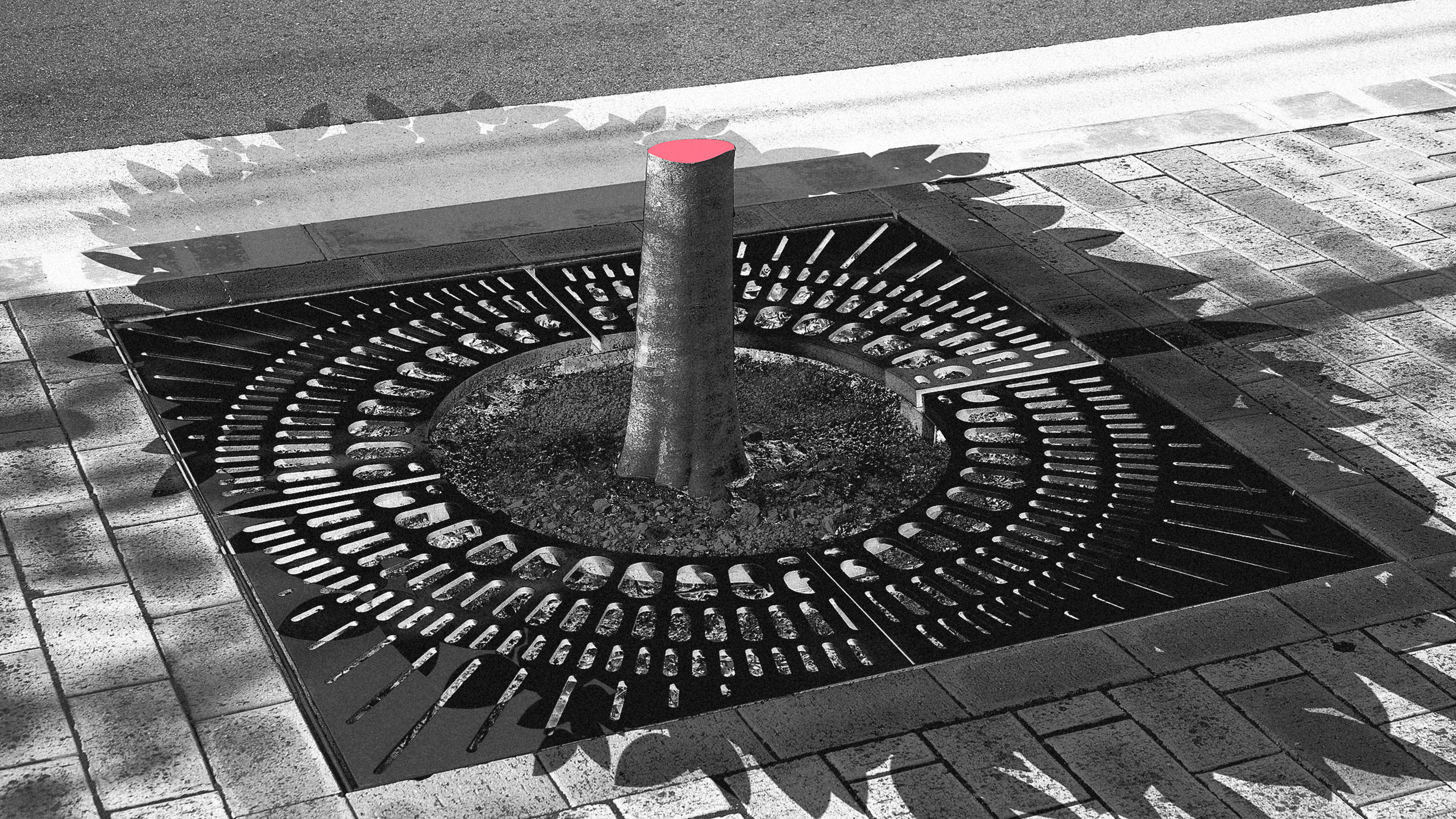The list of benefits that trees bestow on urban neighborhoods is long: People who live near more trees feel younger, are happier, and are healthier. But perhaps one of the most important factors in a world of rising temperatures is that trees have the ability to keep urban areas they cover up to 45 degrees Fahrenheit cooler than those exposed to sunlight. Yet the number of trees fluctuates between any two neighborhoods. In Austin, there’s a 20% difference in the amount of tree cover between high- and low-income neighborhoods. In Memphis, the hottest neighborhoods, usually with the lowest income and highest minority populations, are about 10.6 degrees hotter than the city’s average neighborhoods. Nationwide, majority people of color neighborhoods get 33% less tree canopy than majority white communities. Wealthier neighborhoods get 65% more.
These are some of the key takeaways from a new set of data released by American Forests, the oldest forest conservation organization in America, founded in 1875. Its Tree Equity Score tells a little-known inequity story: that tree presence is strongly correlated to wealth and race. The group isn’t just exposing the problem; rather, it’s a prescription for where exactly cities should plant trees to achieve greater heat equity—and at the same time, to improve air quality and create jobs.
The organization collects data from 150,000 neighborhoods in 486 metro areas that contain 50,000 or more residents. The group combined eight layers of data—including tree canopy, surface temperature, income, health, employment, and race—and generated a 0-to-100 score of tree equity, 100 being perfect tree equity. What emerged was a strong correlation between the amount of tree shade and socioeconomic status of the inhabitants. “We have this incredible disparity of tree cover—and it isn’t coincidental,” says Jad Daley, president and CEO of American Forests. “It tracks very closely along lines of wealth and race.”
The most vulnerable populations are those in areas with little tree shade. Low incomes mean the lack of ability to afford essentials like air-conditioning; and age and preexisting health conditions make them more susceptible to heat illnesses and deaths. These communities, often called urban heat islands, are an average of 5 to 7 degrees hotter in the day, and up to 22 degrees hotter at night. The data shows that the biggest differences in tree cover between high- and low-income areas are in Austin (20%); Portland, Oregon (15%); and San Antonio (12%). The biggest discrepancies in temperatures between the hottest and average areas were in Memphis (10.6 degrees); Boston (10.5); and Columbus, Ohio; and Charlotte, North Carolina (both 10.1).
While it’s crucial for people to understand the magnitude of the problem, Daley intends the data to actively suggest an applicable solution: planting more trees. The research shows the “tree gaps” but also how many new plantings would be possible in a neighborhood—and, the specific neighborhoods in which it’d be most beneficial to fill those gaps in order to correct the discrepancies in poorer areas. “We don’t just need more trees in America’s cities,” Daley says. “We need tree equity.”
This nationwide data is the first of its kind, but the organization’s last release was with a range of pilot partnerships in cities around the country, which have since used the data to influence policy. The data finally gives city leaders, nonprofits, and individual citizens the leverage they may not have had to make the case for tree investment in less wealthy neighborhoods. In Phoenix, one of the hottest and most vulnerable cities, American Forests worked with 50 organizations to urge the city council to pass a resolution to commit to tree equity by 2030. Nearby Tucson had already promised to plant 1 million new trees, but this data is helping to place them in the most beneficial places. Elsewhere, Rhode Island has embarked on a tree-planting strategy on a statewide level, partnering with American Forests to pilot a tool that analyzes the benefits of planting down to the individual property level.
Other benefits of urban trees are clear: they can help achieve air equity, since trees often capture and deflect pollution, and can reduce the risk of respiratory illness, again, among the most vulnerable. In total, to achieve full tree equity, the research says the country would need to plant 522 million trees. And that can lead to jobs for the same underserved communities: an estimated 3.8 million public and private jobs, from both direct planting and upkeep, down to nursery production, tool manufacturing, and shipping.
It’s also about time, Daley stresses, for the federal government to stop “stringing cities along” and making them pay for solutions. The U.S. Forest Service has a budget of $5 billion, but he says just a single program, with a slice of those resources, is dedicated to trees in cities—where 70% of Americans live. He’s encouraged by some proposals, like Senator Cory Booker’s Climate Stewardship Act, which calls for 100 million new trees on urban lands by 2030. “This is infrastructure,” Daley says—adding that we’ll see very soon, through proposed White House infrastructure bills, if the federal government follows through on the urban tree problem. Now: “We know exactly where to put them. We know what to do. We just have to really make that investment.”
Recognize your brand’s excellence by applying to this year’s Brands That Matter Awards before the early-rate deadline, May 3.
